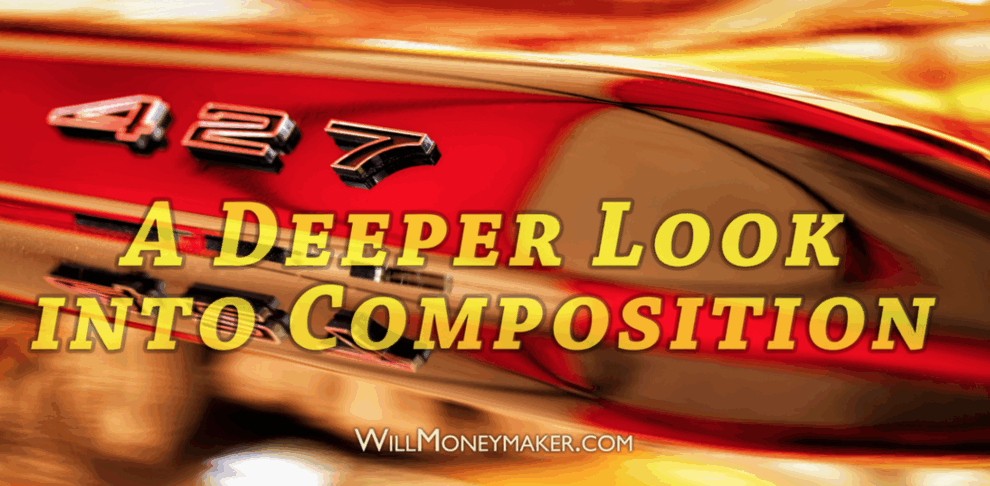A while ago, as part of my Photography Fundamentals series, I wrote a post entitled “Mastering Composition.” In that post, I discussed some of the basics that every photographer needs to learn in order to create beautiful compositions. We learned about the Rule of Thirds, how geometry affects the composition and how to use a wide tonal range to add richness to your images.
Those things are all great starting points, but composition goes much, much deeper than that. Edward Weston once said, “Composition is the strongest way of seeing.” If you’re like me, you see this quote and you nod your head in agreement without stopping to consider what the “strongest way of seeing” actually means. How does one see strongly, or stronger than another person viewing the same scene? Let’s look past everything you learned as a budding photographer to find out.
Learning to See Every Detail
As I’ve said, the Rule of Thirds is a great starting point for most images, but by itself, it isn’t enough to make your images stand out from thousands of other perfectly aligned photographs. The strongest images come from meticulous attention to detail. No element, not even so much as a leaf, enters the frame unless you allow it.
To see what I mean, try a little exercise with one of your images that you feel could use a little improvement. Examine it carefully, making a note of each element that you see. Ask yourself if those elements belong in the picture or if they’re just a distraction that weakens the overall effect that you’re trying to achieve. Even simple things — power lines, trees, a stray rock — can take just enough away from an image to make it weaker.
Remember that when Weston talked about the “strongest way of seeing,” this is one of the things that he meant. You need to be able to see each detail and how it will affect the final image.

Color and Contrast as Compositional Elements
We talk a lot about how physical objects within a frame can add to or take away from a composition, but the fact is that the less physical elements — things like color, lighting, and contrast — are also a part of the composition. This isn’t so much about making sure that you have a broad tonal range in your image or making sure that all of the colors fit a chosen scheme. Instead, it’s about making these things part of the subject.
Think about it this way: In an image of a leaf, what is the most important part of that picture? Surprisingly, it probably isn’t the leaf itself. Instead, perhaps it is the color green, which tells a story about the leaf — bright and fresh spring green, or deeper, darker summer hues. It could also be the lighting. Brightly lit high spots contrasting with dimmer low areas lets you get a feel for that leaf’s texture.
What this means is that in each image, you need to examine not only the physical objects but the colors and contrasts that make up the image. Pay careful attention to each of these things and how they might or might not help you tell a story.
 Composing with Light
Composing with Light
When it comes to lighting, you have a variety of different ways to use it as a compositional element. One of the first lessons that many beginning photographers are given is to photograph a subject with backlighting, front lighting, side lighting and more. It’s easy to chalk this exercise up to a lesson in how lighting works, but the other, deeper lesson is that even slight differences in lighting from one image to the next can completely change the overall effect of the subject material.
To illustrate this point, imagine a portrait of a close family member or friend. Under front lighting or diffuse lighting, the subject usually dominates the frame while background objects often go unnoticed unless they’re particularly distracting. If you were to use backlighting in the same scene, however, then the focus of the image shifts away from the subject slightly. Perhaps this new image is showing not only your subject but also how beautiful and sunny the day was when the photo was taken. Experiment with a variety of different lighting effects and you’ll soon see that a minor change in light can make a big difference.
Photography revolves around perfecting your compositions, but with all of the various elements to consider, you’ll find that the pursuit of perfection is a long, challenging process. As you work, do your best to keep every little piece of the puzzle in mind. Once you’ve mastered the “strongest way of seeing,” you’ll understand how to make images that pack an emotional punch.





